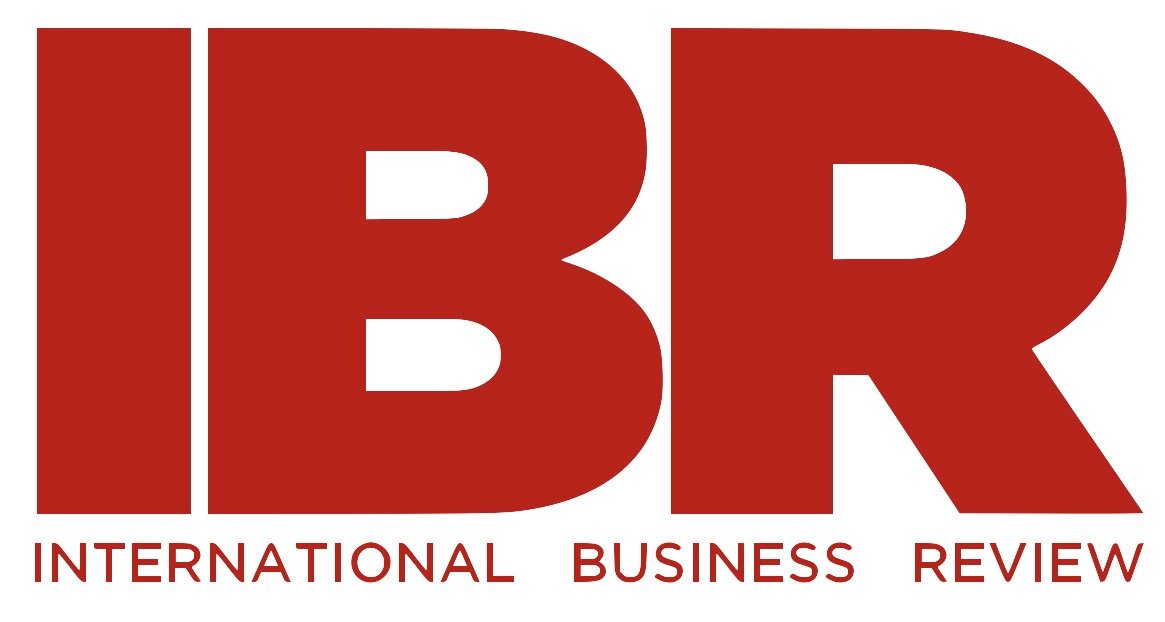Water versus Netflix. Electricity versus YouTube streaming. While pragmatism might clearly delineate the relative importance of such things, the difference between traditionally defined utilities and media service outlets is less clear when glimpsed through a legal lens. When a DC appeals court made its ruling in June to uphold the FCC’s 2015 reclassification of internet access as a public utility, it placed the router on par with any other fixture in the home. The analogy between what comes out of a faucet and what appears on a screen, however, erases the seminal distinction of government and private supply -- a distinction that has embroiled big-money telecomm entities and legislators in a decade-long battle of public interest and lobbying dollars alike.
As the Federal Communications Commission’s laid out an initiative for zero-pricing to content creators, the custodians of internet infrastructure at which it was aimed responded in full financial force. The joint spending of Comcast, Verizon, and AT&T (some 44 million dollars in 2014) on Capitol Hill campaigning focused heavily on net neutrality, and is only expected to continue as all eyes are fixed on the case heading to the Supreme Court.
These giants, essentially the conduits of all broadband-based media consumption, oppose legislation that would limit their ability to selectively speed up or slow down certain applications and price-discriminate between content providers on the basis of information strain. That is, no longer could a provider induce streaming sources or online gaming platforms to pay for “fast lane” data by slackening delivery to the consumer until buffering and glitching degrades the application. Proponents of the free market and telecomm lobbyists agree: the revenue raked in from the platforms that can pay encourages new infrastructure growth to the ultimate benefit of improving digital networks at all levels.
Those favoring net neutrality argue this practice jeopardizes the unique democracy of the internet. Not even the next Kickstarter-to-be could hope to kickstart enough for optimal service delivery (read customer satisfaction and business survival) in a discriminate broadband sphere. The opposing side expounds other philosophical cases. How could remote surgery in the possible future of telemedicine ever be safe and reliable if there is no guaranteed, preferential data stream? Amidst the discourse, the verdict holds for now that 100 bits/second is 100 bits/second, be it a celebrity lifestyle blog or international Skype calls.
It may not be time for net-neutralists to toast victory quite yet, though. Comcast and others will certainly try to recoup lost revenue on the side of content creators by shifting aggressive pricing strategies to the consumer side of their channel. Indeed, tiered options, from high price, high-capacity packages to inexpensive low-speed service choices, already exist and are favored by those on both sides of the debate. It is the worry of Hahn and Wallstein (2006), for example, that the regulation of tiered service packages will follow disastrous historical precedents. They point to the 1978 Natural Gas Policy Act, wherein an initial inventory of five tiers of natural gas established for companies to offer publicly eventually multiplied to a cumbersome 28 categories upon closer consideration. Given the internet’s ascent to the status of commodity, the parallels are disconcerting. With the job of setting suitable tier prices now in the hands of regulators, it is likely content creators will lobby for special tiers of suitable capacity for their applications.
Thus emerges a certain catch 22. The public that pushed for the end of discrimination in the digital zone now faces the real possibility of an overly-bureaucratic pricing scheme set against them. The moral: it is the responsibility of policy makers to proactively legislate a reasonable tiered system of internet access and for consumers to meditate on the rose-tinted vision of a neutral net.
